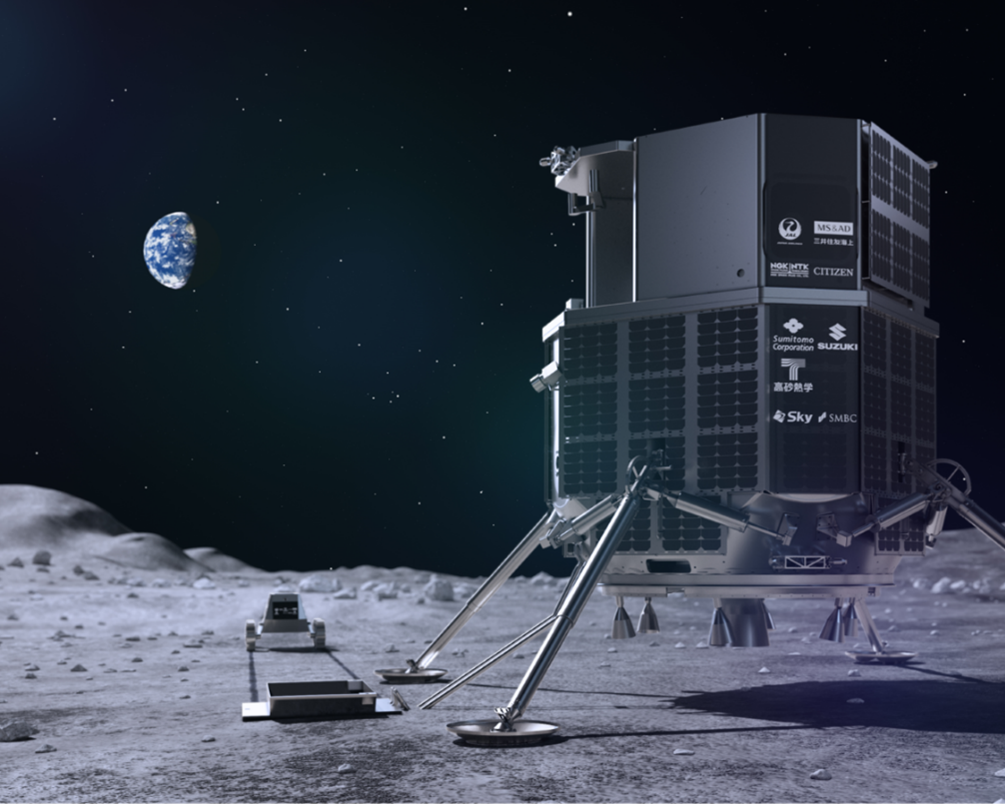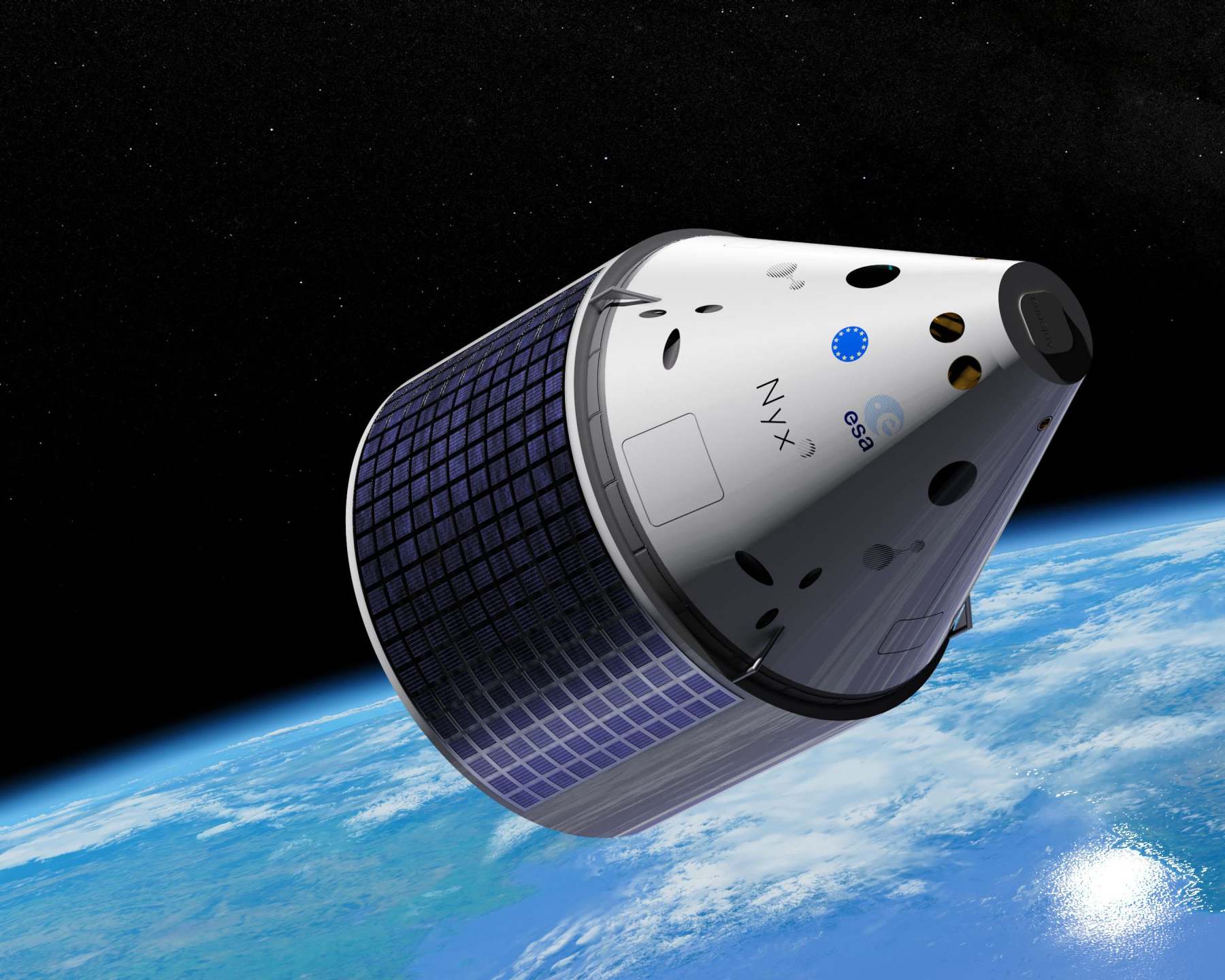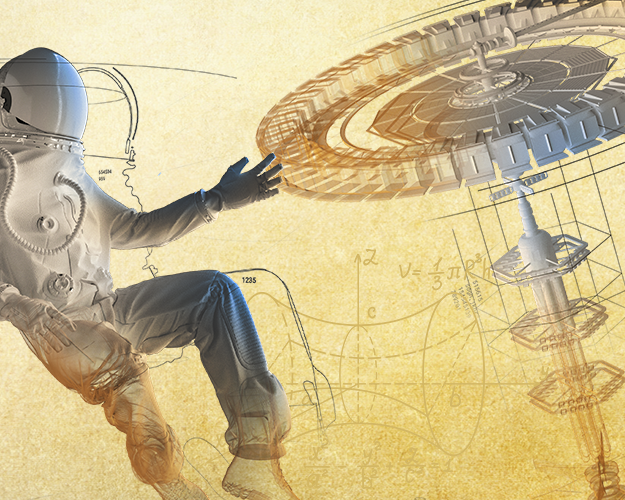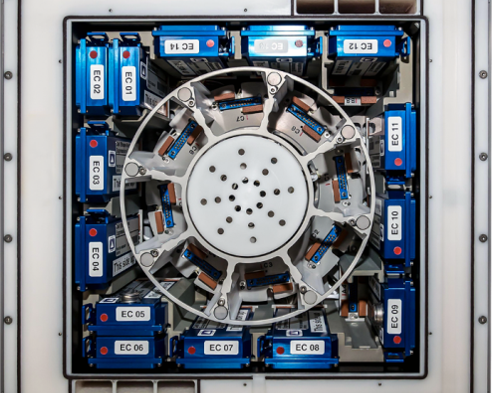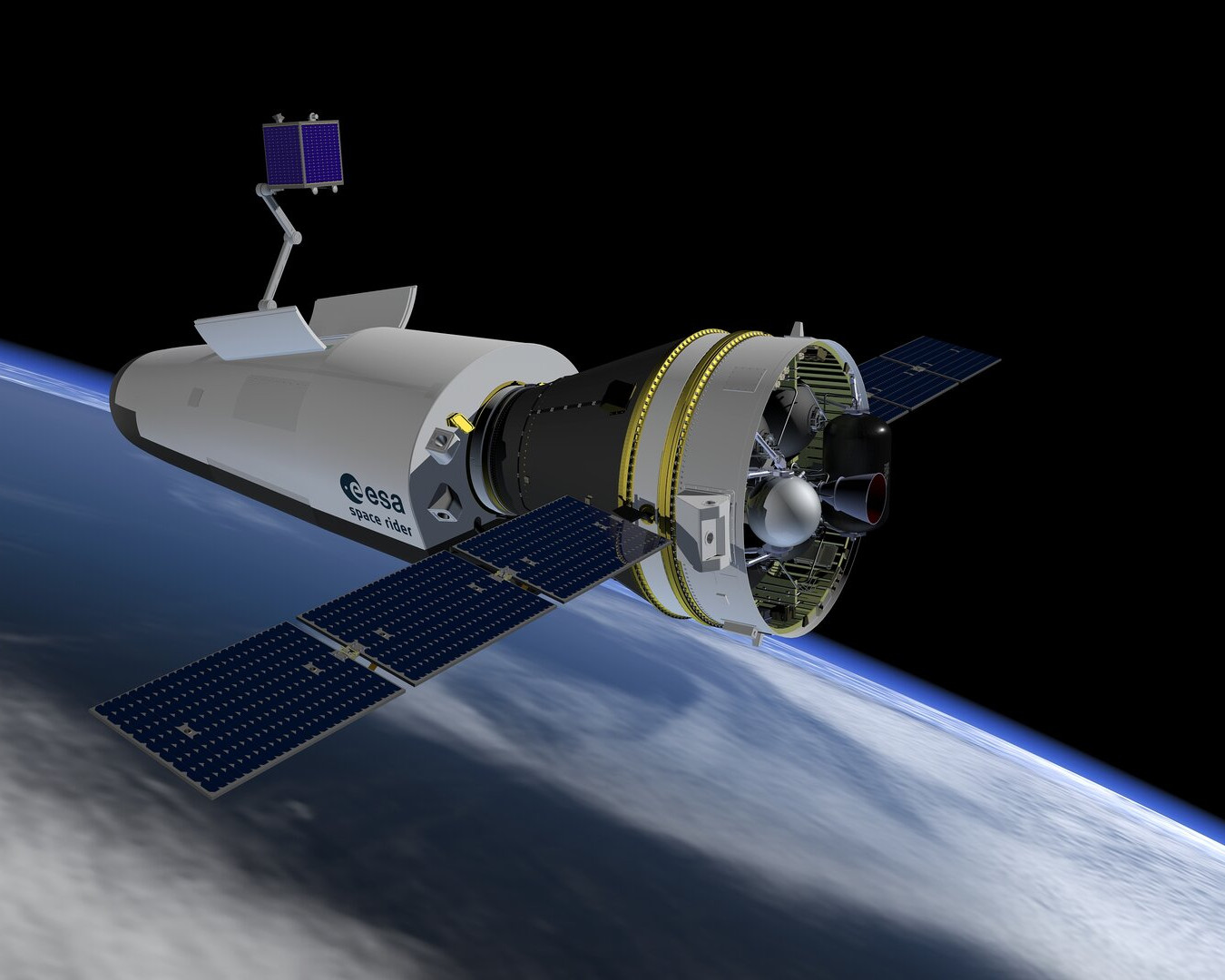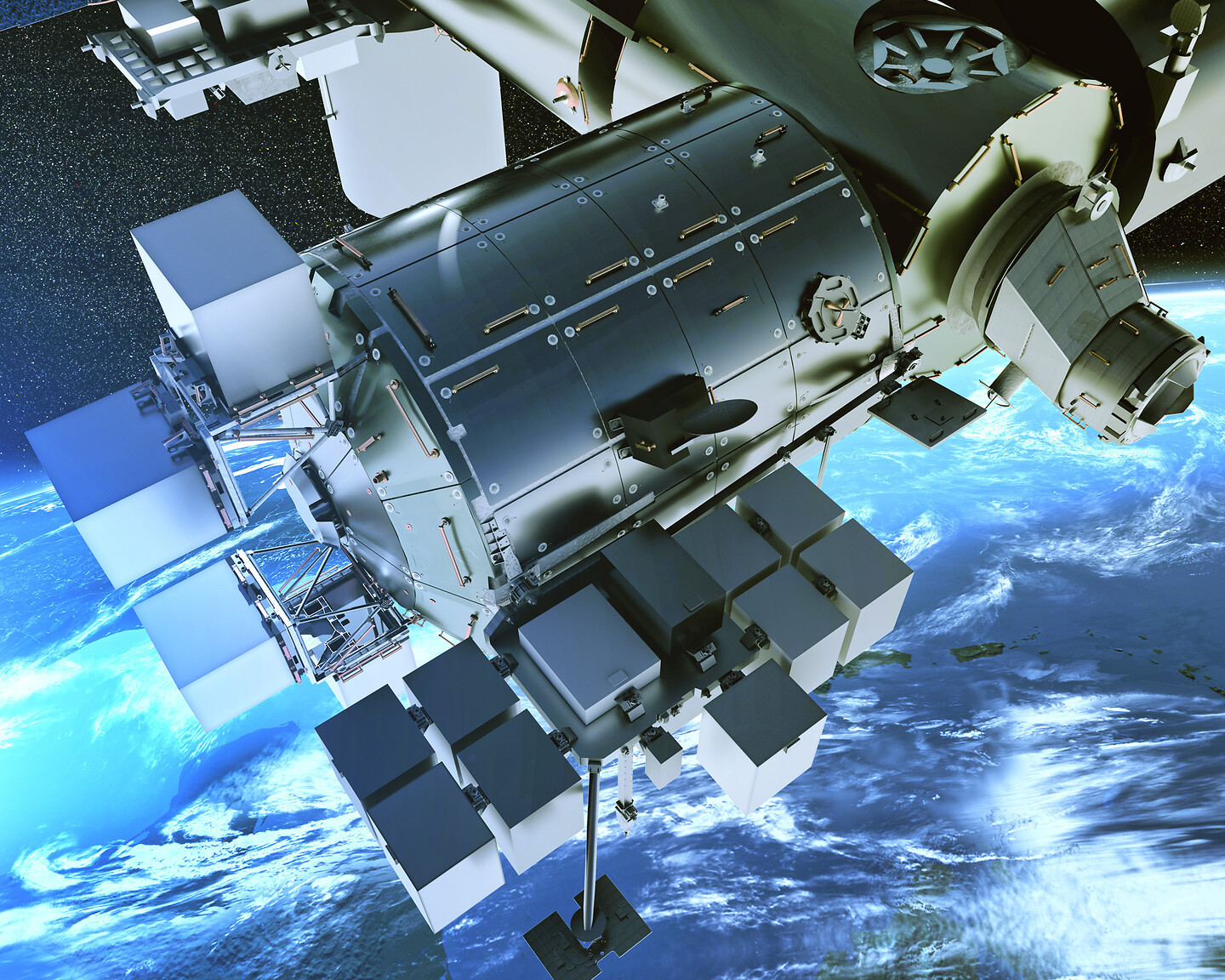How can you use Space to innovate your R&D and solve Earth's Challenges?
The special conditions of space can give you a world of innovative possibilities to carry out your research project or develop new commercial products, with applications both to Earth and space.
Our space laboratory can help you find new solutions to old problems, and solve some of the biggest agricultural challenges on Earth, such as crop diseases, soil health, heat and cold tolerance, food processing and sustainable packaging.
You can use space to generate new opportunities for your research or your business.
This is how the conditions of space can be used for agricultural experiments:
Microgravity:
- Causes changes in morphology and cell physiology of plants and other organisms
- There’s no sedimentation (uniform growth of microstructures)
- Cells form a 3-D shape model that is closer to the arrangement in a real live organism, as opposed to a 2-D layer on a petri dish
- Significantly affects gravitropism
Radiation in Space:
- Causes changes in gene expression
- Induces a higher mutation rate in organisms
- Gives more virulent microbes
Earth Satellite Observation:
- Can be used for crop monitoring and management
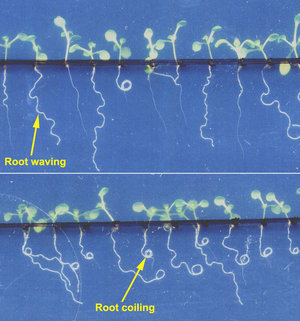
Gamechanger
Space can help combat Climate Change
With Earth facing ever more challenges in finding sustainable ways to agriculture and food production, the microgravity environment can help develop more resistant crops, improve plant cultivation mechanisms and methodologies in vertical farming.
Key Discoveries in Plant Science
The microgravity environment makes it possible to study both gravitropism and phototropism, delivering unique insights to plant biology and giving way to discoveries that have the potential to change the agriculture and food industry.
Gravitropism
The impact of gravity on the development of roots and shoots.
Phototropism
The impact of light on the development of roots and shoots.
Successful cases of space research in Agriculture and Food:
Success Case
SustainSpaceThe Orbital Genomics Project
SustainSpace uses the relatively frequent flights of the SNC Dream Chaser and its controlled landing to grow several successive generations of plants in a space environment and produce a rapid evolutionary and selection process. This is an iterative process for rapidly evolving and improving populations of plants in the space environment. The primary targets are users of life support systems in space, but also research institutions, the agriculture industry and STEM education. SustainSpace uses flight-rated, automated plant growth chambers, such as those already developed for NASA or their own.
• Crops better suited to space life support: Faster growing, improved microgravity adaptation, better CO2 and waste usage
• Improved characteristics for future plants grown on Earth in extreme or special conditions
• Higher CO2-absorbing plants to reduce climate change
Success Case
From Space to Congo
A project in Congo is looking at growing Spirulina (a highly nutritious “algae-like” bacteria) in tubs of water with potassium bicarbonate and other ingredients that can be found locally.
The staple diet in the Congo town of Bikoro is cassava, which supplies very little protein, so Spirulina could supplement the local diet with much-needed protein as well as vitamin A and iron.
Research done in aboard the ISS investigated aspects of spirulina such as gene expression, enzyme activity, how they absorb light, how they move during growth and how they ingest nutrients.
This unparalleled knowledge is now being applied around the Congo town of Bikoro.
FIND OUT WHAT OTHER TYPES OF RESEARCH HAVE TAKEN PLACE ON THE ISS.ACESS FOR FREE THE COMPLETE
ESA Experiment Archive
All of the ESA-funded research in space over the past decade, in one place.
The Columbus Module aboard theInternational Space Station (ISS)is ESA's laboratory in space. And now it can be yours too.
Your Innovation Space
Cultivation
- Disease resistance
- Stress resistance
- Genomics
- Vertical farming
Plant Growth
- Root structure
- Shoot Structure
- Germination
- Weight stress response
Plant Biology
- Carbon and nitrogen use
- Photosynthesis
- Plant hormones
- Plant-microbe interactions
READY TO JOIN US IN SPACE?GET ALL THE SUPPORT AND FUNDING YOU NEED THROUGH OUR
Do you have an idea about how to use space for research and/or development of a product with commercial applications?
Our Accelerator programme can give you all the support you need, no matter the stage of your idea.
We can support you with a wide range of tools, from feasibility advisement, to technical support, to project funding.
You can apply for support via our Open Call for Proposals, which open once a year.
Click the button below to know more about the Agriculture and Food industry accelerator, and check for our Open Call.
ALREADY READY TO LAUNCH?FIND THE RIGHT PARTNERS FOR YOUR PROJECT
ispace Lunar Transportation and Exploration Services
ispace provides low-cost, high-frequency transportation services to the Moon (orbit & surface).
NYX | The Exploration Company
The Exploration Company develops, manufactures and operates Nyx, a modular and reusable orbital vehicle that can eventually be refuelled in orbit. The technical bricks of Nyx are built with open interfaces: they are available on a SpaceStore to enable space & non-space companies to use them and develop new applications.
SpacePharma
The mission of Space Pharma is to leverage the miniaturized microgravity lab technology, enabling unprecedented possibilities to develop new drugs in Space. All this at a fraction of the cost, with higher success rates than experiements conducted with traditional research methods. We are aiming to bring a positive impact on millions of lives here on Earth.
Bioreactor Express Service
Bioreactor Express is a service which aims to establish an “express” way to perform scientific and/or technological experiments on board the International Space Station (ISS).
Space Rider
Space Rider is a reusable uncrewed robotic laboratory which allows to conduct experiments in Low Earth Orbit and return payloads on Earth.
ICE Cubes Service (by Space Applications Services)
ICE Cubes Service is a simple and cost-effective way for your experiment or technology to fly onboard the International Space Station
Bartolomeo
The Bartolomeo platform allows for payload hosting outside the International Space Station (ISS)l, offering an all-in-one mission service.
Related Projects


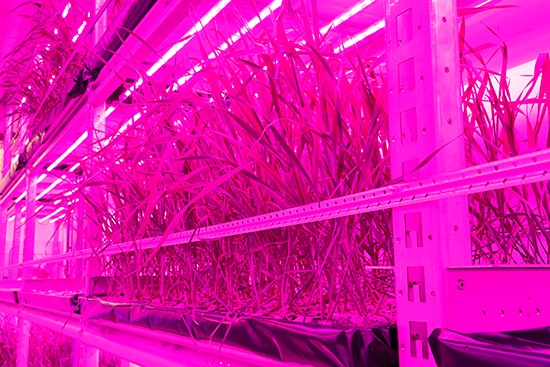
composed of seven Belgian organisations and led by the global bakery,
pastry and chocolate expert Puratos.

